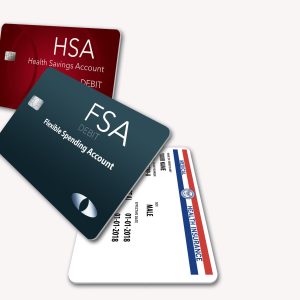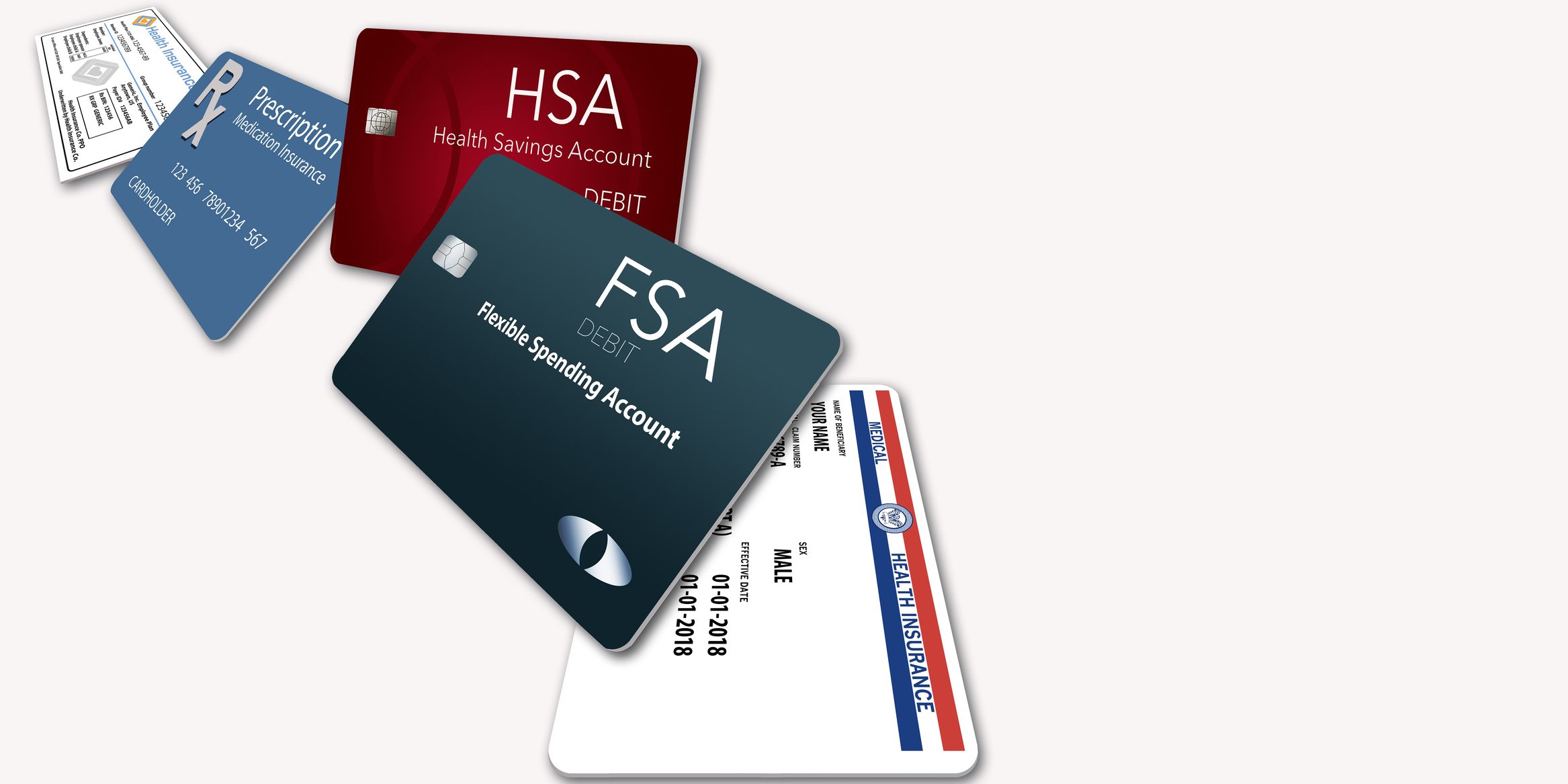
The IRS recently announced that the annual contribution limit for flexible spending accounts will rise to $3,200 in 2024, up $150 from this year.
Also, employees will be able to carry over up to $640 next year into 2025 if they have funds left over in their account, if their employer allows it (it’s optional). That’s up $30 from this year. Anything above the limit at the end of the year is forfeited back to the employer.
The FSA announcement came unusually late this year, right in the middle of open enrollment, making it difficult for employers and employees to plan.
Earlier in 2023, the IRS also announced the maximum contribution limits to health savings accounts, which are similar to FSAs, but they must be attached to a high-deductible health plan. The annual limits on HSA contributions in 2024 are $3,850 for individuals and $8,300 for families, both up more than 7% from 2023’s limits.
FSA fast facts
Funds in an FSA can be used for a myriad of health care expenses, from dental and vision (including eyeglasses) to medical care costs and prescription and over-the-counter pharmaceuticals.
An FSA must be funded exclusively through employer contributions or employee pre-tax contributions, or a combination of the two. Employees are not taxed on withdrawals from their account.
At the end of the year unused funds in an FSA are handled in one of three ways, based on how the employer designs the plan:
- They are forfeited at the end of the plan year.
- Up to $640 of the balance is rolled over to the next plan year. The employer can choose how much the employees can roll over, up to the limit. If there is a remaining balance beyond the $640, it is forfeited.
- A grace period is allowed in the first few months of a new plan year to be paid with old plan year funds. Remaining balances are then forfeited.
The FSA caveat: Employees have access to the full annual FSA election amount at the beginning of the year, so there’s always a risk that they could use their FSA allotment and quit or be let go before they’ve fully funded the account through payroll contributions or after you funded it.
Just as employees risk forfeiting their money if they don’t spend it in time, employers risk this money if the employee leaves before their and your contributions have caught up to their reimbursements.
If you are caught in this situation, you are not allowed to withhold additional funds from the employee’s final paycheck to make up for those funds, and you are also barred from sending them a bill to recapture those funds.
Additional payroll contributions beyond the final paycheck can only be made if the employee elects to continue their FSA plan through COBRA.


